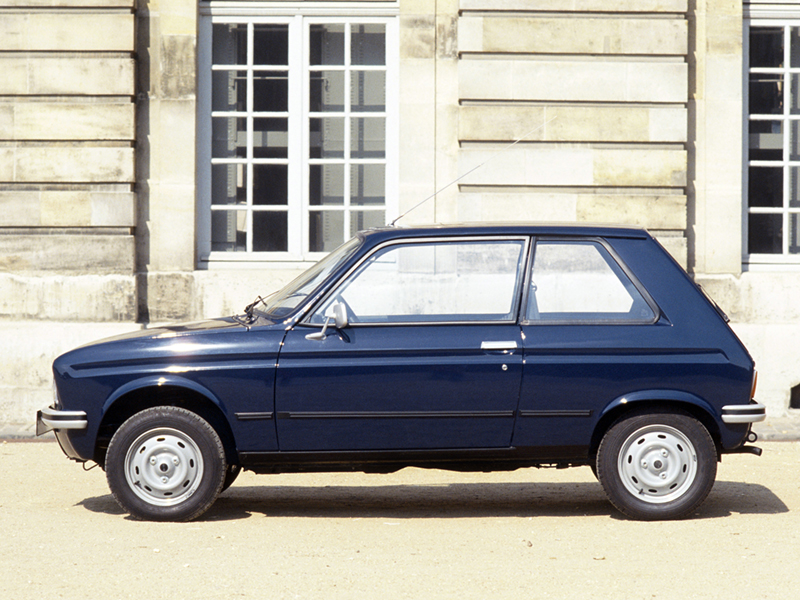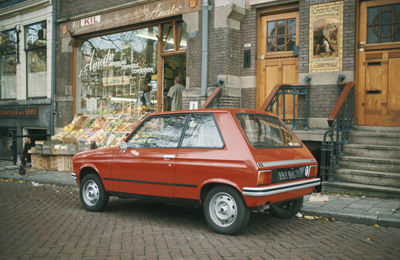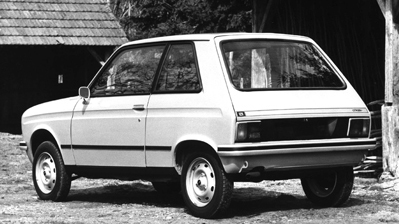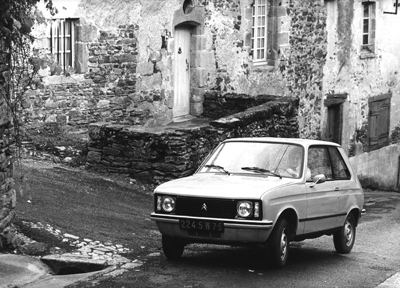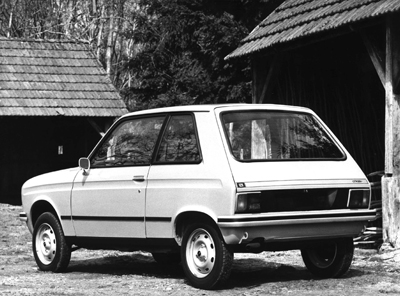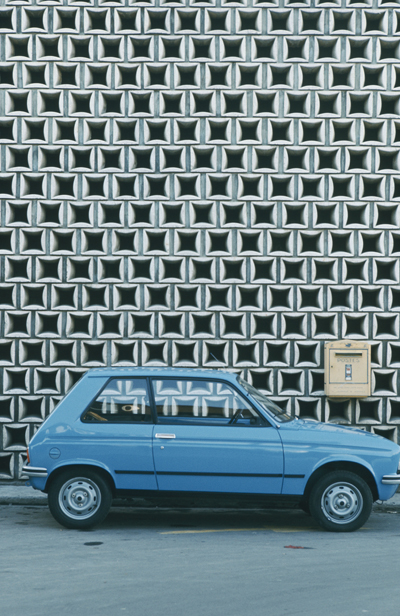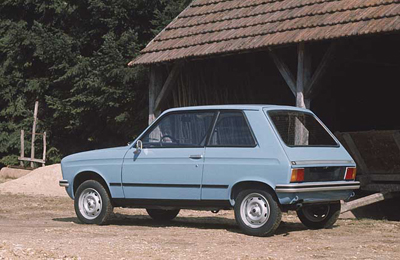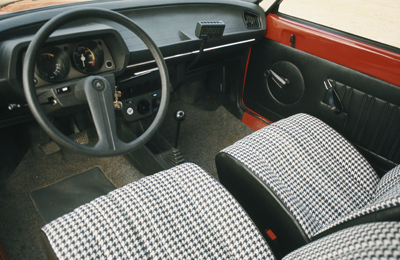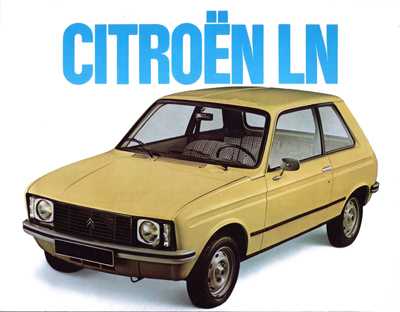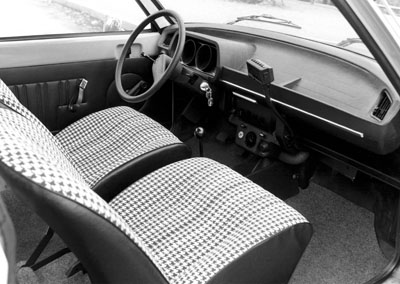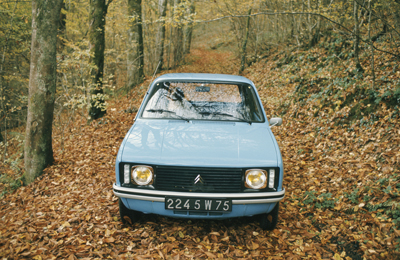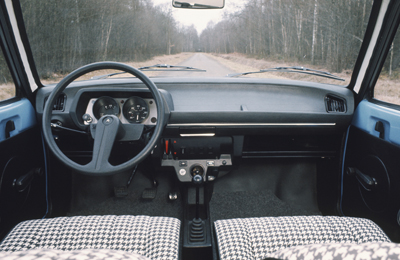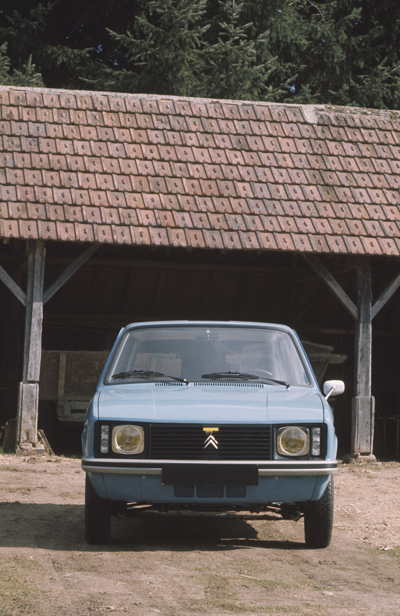|
The LN was launched at the Paris Salon in 1976 and put on sale the following year.
Projet VD had been re-worked to use the floor pan of an existing Peugeot model - the 104 - leading to two models, the LN and the Visa.
The LN employed the body shell of the 104 Coupé and the 32 bhp version of the Citroën 602cc flat twin.
The Citroën LN (Hélène) and Citroën LNA
(Hélèna) continued the tradition of naming models after goddesses,
first evidenced in the name DS which means 'goddess' in French.
The
LN was the first "new" Citroën following the Peugeot take over but
Citroën purists were horrified since engine aside, the car was pure
Peugeot. The LN employed the body shell of the 104 Coupé and the 32 bhp
version of the Citroën flat twin. The LNA four pot was pure Peugeot 104.
Equipment levels were minimal, but the LN sold well thanks to its low price and running costs.
There
was a degree of defensiveness at the press launch - a car that looked
like a Peugeot but was assembled at a Citroën plant and fitted with a
Citroën engine appeared to contradict assurances that the two marques
would retain their individuality, provided just a few months earlier
when Citroën had run out of money and Peugeot had taken control.
When
pushed, Citroën explained that the LN project had been rushed through
because of "…the need to supply customers and the dealership network
with a model to strengthen Citroën's position at the lower end of the
market..." which was odd, given that the range at the time included the
Ami 8, Dyane and 2CV. The latter would continue in production long after any of the others.
Citroën sold the LN in its native France only, but its more powerful replacement, the LNA,
was introduced in November 1978 and was exported to most of the rest of
Europe (including right-hand drive versions for Great Britain).
|

